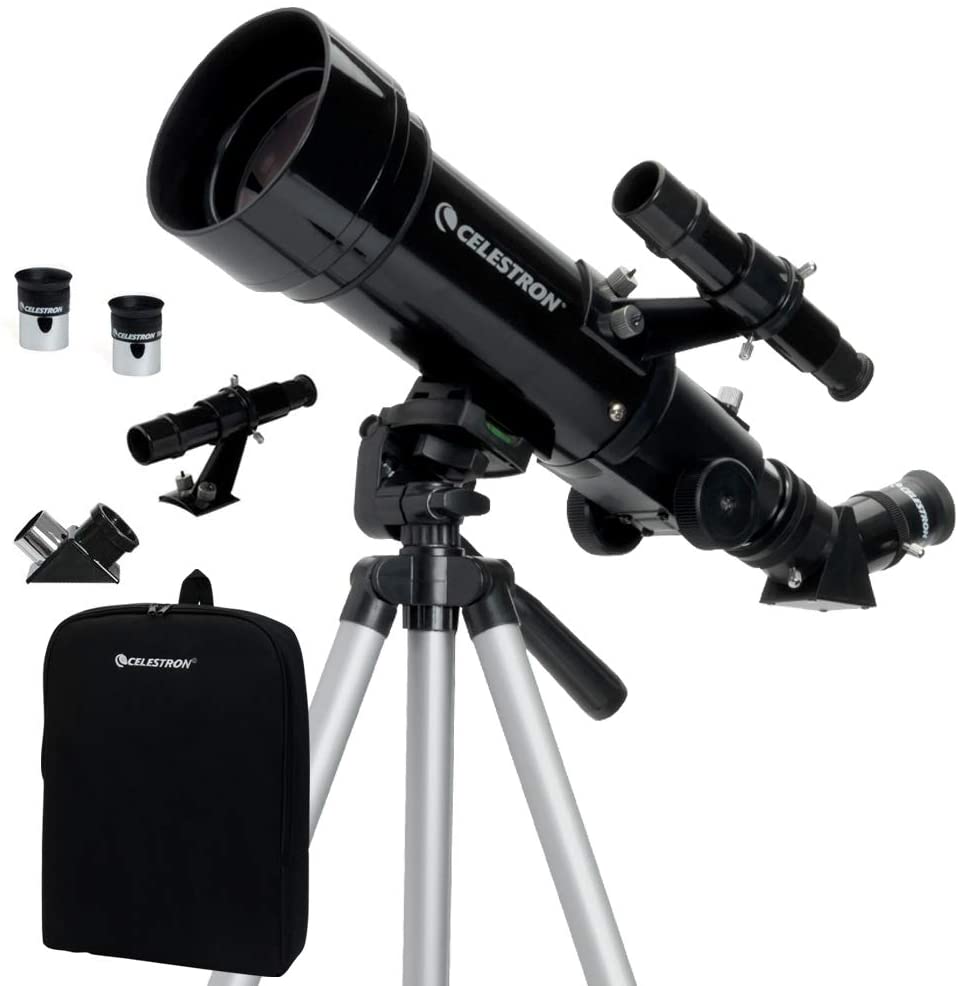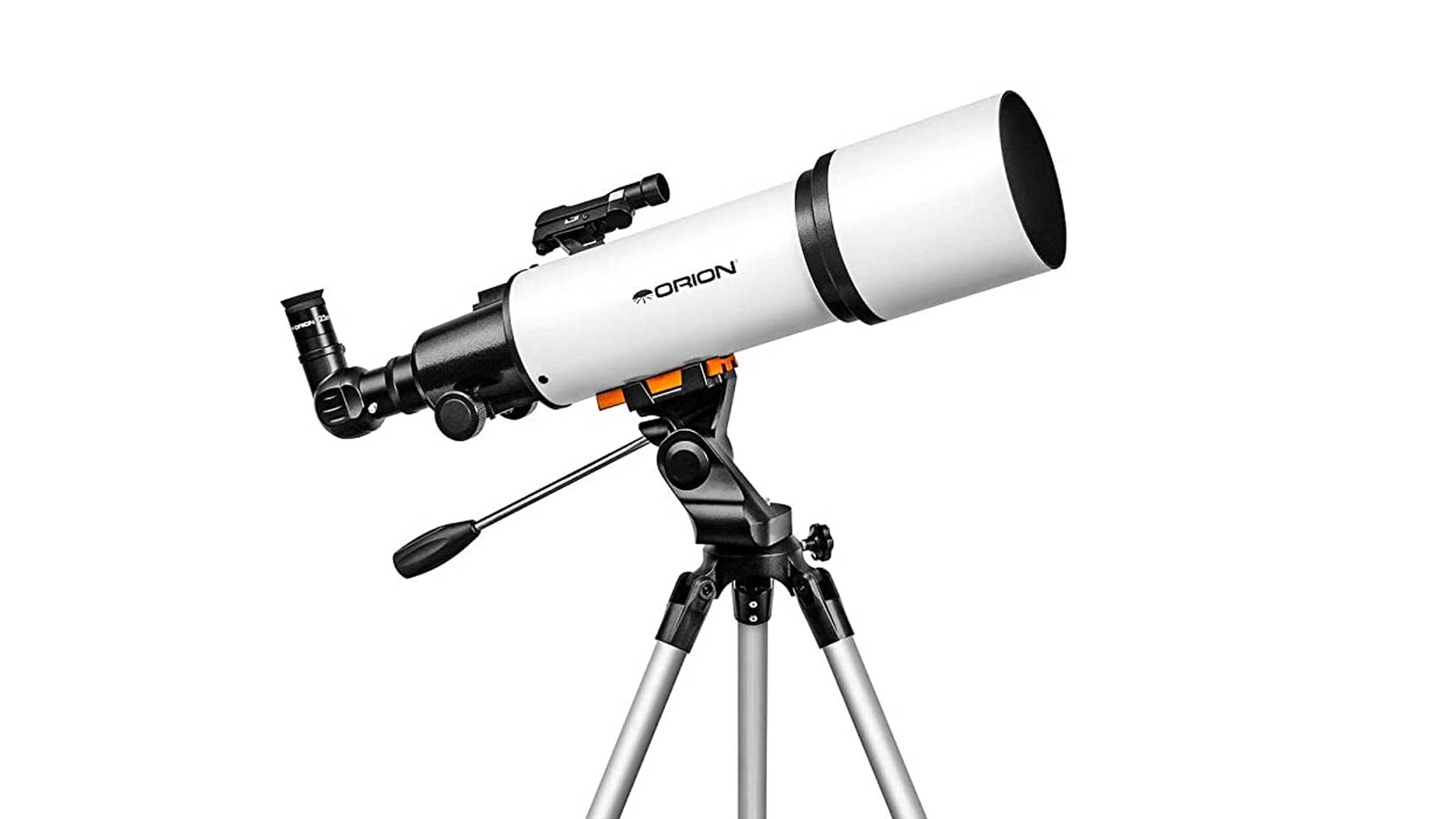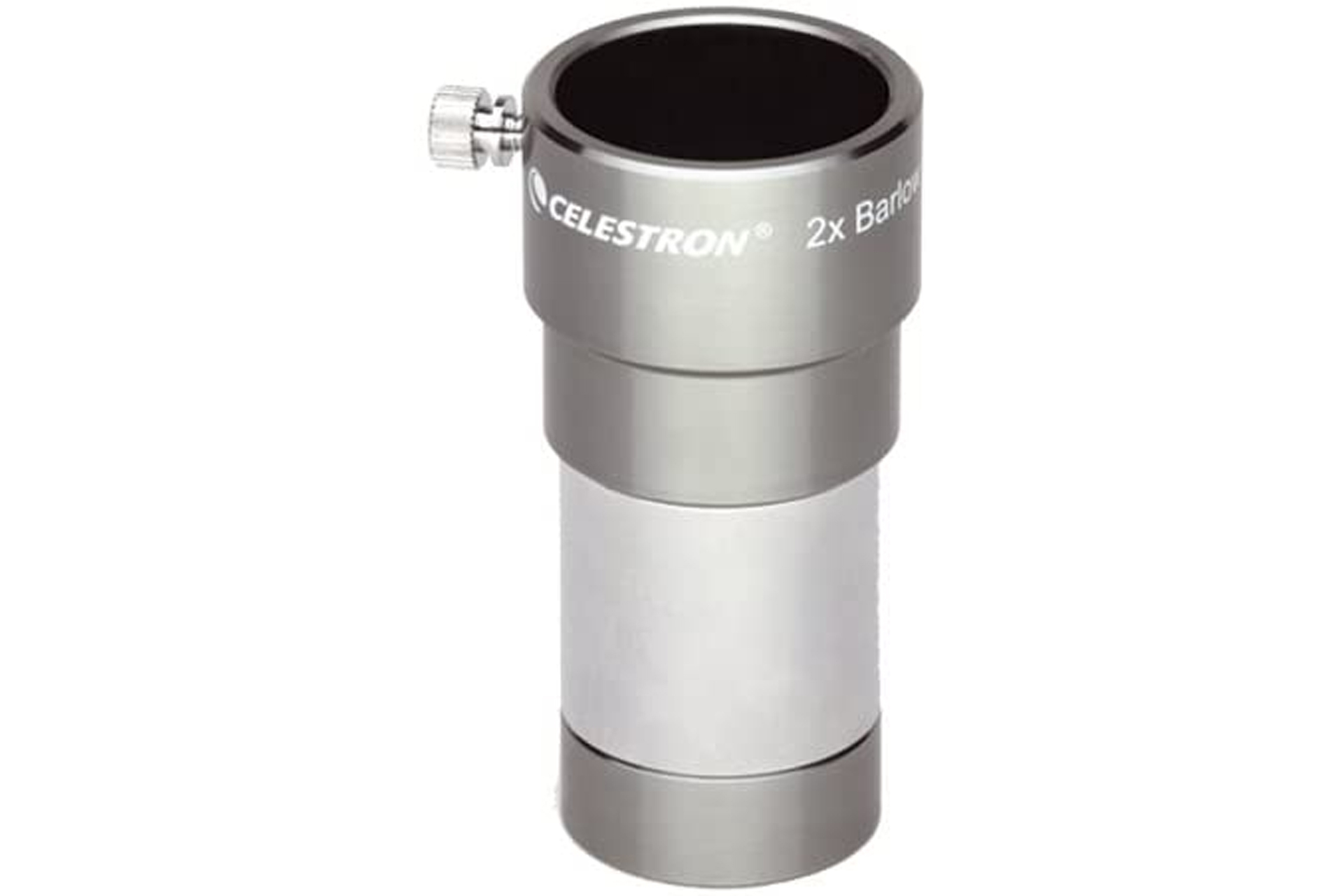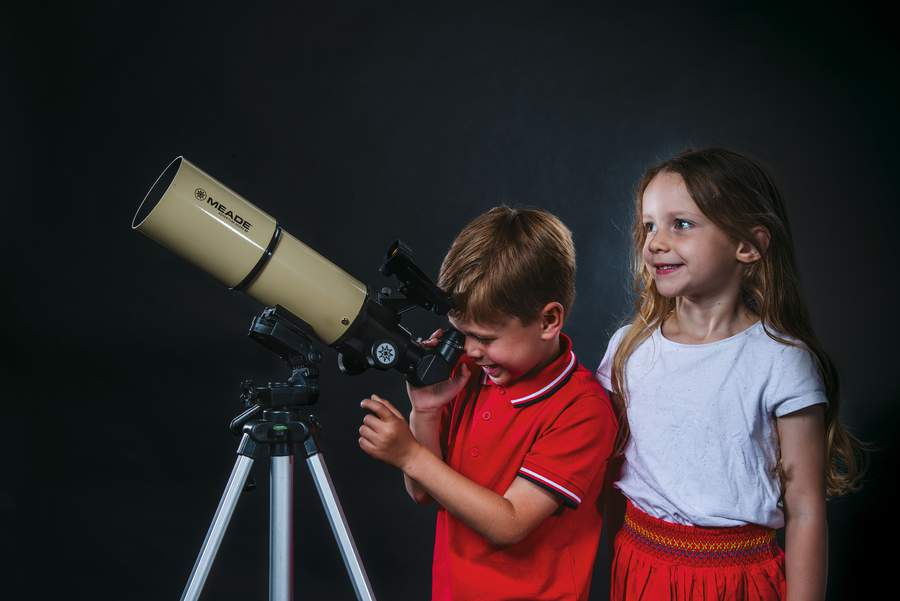As we all feel the squeeze of rising living costs and as budgets get ever tighter it might seem like buying a telescope is out of the question. Fortunately, with a little forethought we can shop smarter and experience the wonders of the night sky for less than you might think.
Here are five tips to help you cut the cost of entering the telescope world.
1) The best telescope is the one you use the most
In most cases, this isn’t the largest. Indeed, larger, more powerful instruments can be cumbersome to set up and usually require more maintenance. So by starting out with a relatively small telescope it’s possible to save money and avoid the frustration encountered by those who rush to the deep end.
Today’s market offers plenty of excellent entry-level beginner telescopes with prices between £150 to £500 ($200 to $650) if your budget is at the lower end and you want to see fainter objects like nebulae and galaxies consider a Newtonian reflecting telescope. They rely on mirrors, rather than more expensive lenses, to give good deep-sky viewing. A 6-inch Newtonian reflecting telescope is typically comparable in price to a 3-4-inch refracting telescope.
However, if you’re able to spend a bit more, you could consider a 5-inch compound telescope, such as a Maksutov-Cassegrain, which is robust, compact and gives good all-round views of a range of objects in the sky.
2) Plan out your budget

Telescopes can be bought as either complete kits, in small bundles or built from individual components. At the bare minimum, a telescope tube assembly, tripod and mount, and one eyepiece are required to start enjoying the sky. But for longevity and value, you should budget for some additional accessories, even if this means buying a less powerful instrument.
For example, extra eyepieces extend the range of magnifications you can achieve, whereas filters and adapters can make a telescope more versatile. Bundles and kits are usually the most cost-effective way to ensure you have what you need to get more performance out of the box and avoid needing to make any further purchases for a while.
However, you might also want to make room in your budget for some books or software to complement your telescope or other accessories that aren’t immediately obvious. For example, if you’re thinking about buying a motorized or computerized telescope then a portable battery pack is required for on-location use.
3) Stick with the established brands

There are many inexpensive telescopes on the market, and while some are perfectly acceptable they are not all made equal. Fortunately, the world’s largest brands – Sky-Watcher, Celestron and Orion all offer excellent budget telescopes at competitive prices. You can see our list here of budget telescopes under $500 (£700).
They are long-established companies made up of experts that produce reliable telescopes. Their bundles include mounts, eyepieces and sometimes other accessories (such as finderscopes) that are all good matches for the particular model of telescope, whereas many deceptively cheap brands cut corners to hit such aggressively low prices.
It might seem counterintuitive if you’re a seasoned deal hunter, but spending a little more money early on will save you from an unsatisfying experience and ultimately save you money too, since you won’t feel the need to upgrade or replace any of the extra components.
4) Pick up a Barlow lens

Many entry-level telescopes are sold with a pair of eyepieces — typically around 25mm and 9mm — offering two levels of magnification out of the box. With the addition of an inexpensive Barlow lens you can double the size of your eyepiece collection.
A Barlow lens doubles the effective focal length of your telescope such that when it is placed in front of the eyepiece it doubles the magnification factor. A 25mm eyepiece behaves like a 12.5mm eyepiece, so you can achieve twice as many different levels of magnification, and each new eyepiece you buy going forward also has twice the value.
What’s more, many Barlow lenses also include a T2 type thread, which is designed to accept a T-ring, allowing a DSLR (digital single reflex camera) or a mirrorless digital camera to be connected directly to the telescope. (You can see our guide to choosing a DLSR vs. mirrorless camera for astrophotography as there is debate over which system is best depending on the photographer’s needs.)
Beware of cheap Barlow lenses offering more than 2x magnification though as they are often poor quality.
If you’re looking to get a decent Barlow lens then try out this Celestron 2X 1.25-Inch Barlow Lens, which is on offer now for £34.99, saving you 13% its normal price of £39.99.
5) The next sale is never far away!

We live in the age of annual sales, with retailers flocking to join in for fear of missing out. They know shoppers are on the hunt for a good deal and they want your custom. You can check out our best telescope deals for what’s on offer right now.
With a wide range of retailers carrying popular brands of telescopes, there’s always a chance to grab something that’s otherwise just out of budget for a favorable price. End-of-year holiday sales and Black Friday usually bring the best offers, but occasionally there are sales connected to astronomy and space-related festivals such as International Observe the Moon Night (Oct. 1) and World Space Week (Oct. 4-10).
Don’t expect huge discounts though, as the margins on optical goods aren’t as generous as most other products. However, even when spending a few hundred bucks, a small discount of even 10% can be used to purchase an additional accessory or literature to help you make the most of your new home observatory.

